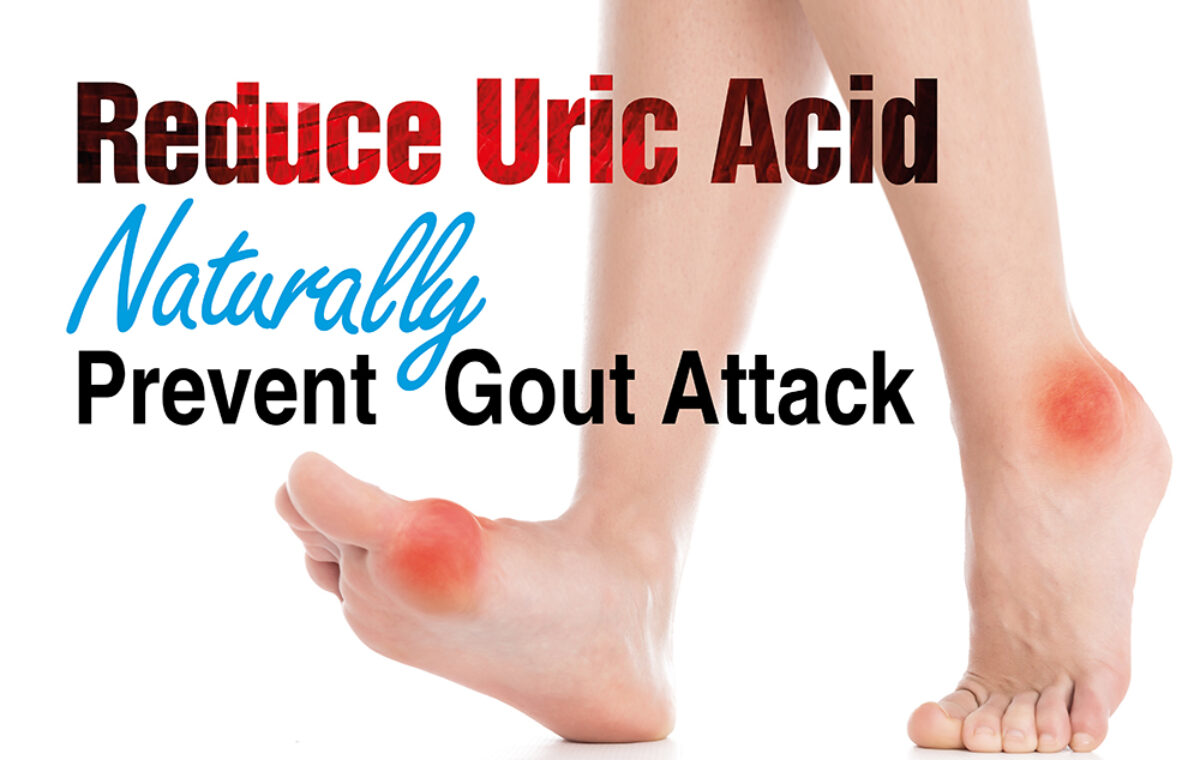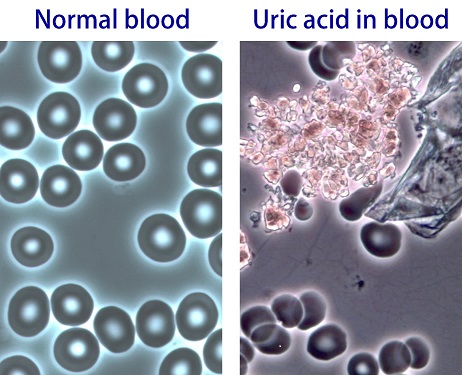Eating too much causes inflammation-
We know that overeating promotes the inflammatory response and suppresses the immune system. Tests performed by the National Institute on Aging revealed that when animals were fed 50 percent fewer calories per day, their immune response improved, the number of inflammatory cytokines in circulation was reduced, thymus size was maintained and inflammation-fighting T-cell function improved. This study looked at higher and lower calorie consumption; it did not distinguish among the types of calories consumed. Heavy, red-meat-based diets or lots of sugar-laden foods would definitely have a negative impact on immune function and promote inflammation, whereas calories in the form of fruits, vegetables, legumes, nuts and seeds would improve immunity. No matter what the food choices, moderation is the key in terms of both total daily quantity and amounts consumed at one time. Generally, five or six small meals (of the right foods) throughout the day are considered to be healthier than consuming fewer large ones. [4]
Continue reading “Important tips regarding Gout and other Inflammatory Conditions”




 Regular physical activity can offer us a multitude of health benefits. Recent studies show just 20 minutes a day can produce anti-inflammatory effects, adding to the already lengthy list of how fitness can support our bodies. That’s right! In addition to reducing heart disease, lowering
Regular physical activity can offer us a multitude of health benefits. Recent studies show just 20 minutes a day can produce anti-inflammatory effects, adding to the already lengthy list of how fitness can support our bodies. That’s right! In addition to reducing heart disease, lowering  Science has determined that chronic inflammation plays a role in many diseases, including those that are commonly understood as inflammatory diseases as well as others that were not originally connected with inflammation, such as obesity and
Science has determined that chronic inflammation plays a role in many diseases, including those that are commonly understood as inflammatory diseases as well as others that were not originally connected with inflammation, such as obesity and